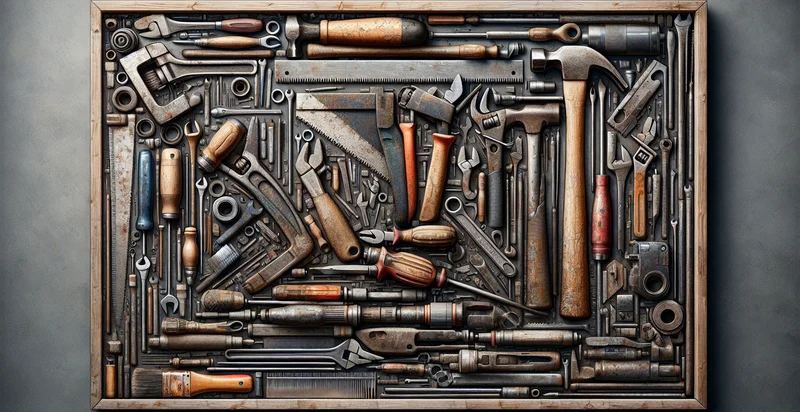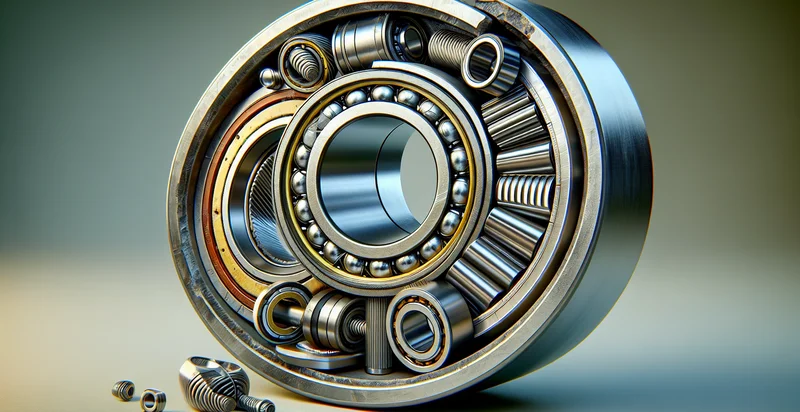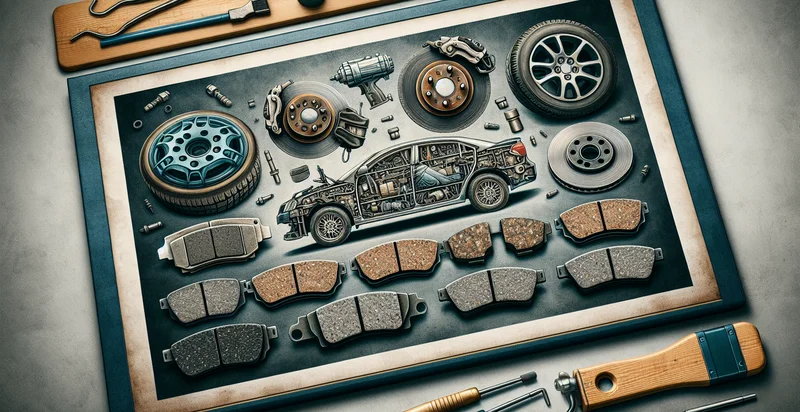Identify tool wear
using AI
Below is a free classifier to identify tool wear. Just upload your image, and our AI will predict if the tool is worn. - in just seconds.

Contact us for API access
Or, use Nyckel to build highly-accurate custom classifiers in just minutes. No PhD required.
Get started
import nyckel
credentials = nyckel.Credentials("YOUR_CLIENT_ID", "YOUR_CLIENT_SECRET")
nyckel.invoke("tool-wear", "your_image_url", credentials)
fetch('https://www.nyckel.com/v1/functions/tool-wear/invoke', {
method: 'POST',
headers: {
'Authorization': 'Bearer ' + 'YOUR_BEARER_TOKEN',
'Content-Type': 'application/json',
},
body: JSON.stringify(
{"data": "your_image_url"}
)
})
.then(response => response.json())
.then(data => console.log(data));
curl -X POST \
-H "Content-Type: application/json" \
-H "Authorization: Bearer YOUR_BEARER_TOKEN" \
-d '{"data": "your_image_url"}' \
https://www.nyckel.com/v1/functions/tool-wear/invoke
How this classifier works
To start, upload your image. Our AI tool will then predict if the tool is worn..
This pretrained image model uses a Nyckel-created dataset and has 2 labels, including Serviceable and Worn.
We'll also show a confidence score (the higher the number, the more confident the AI model is around if the tool is worn.).
Whether you're just curious or building tool wear detection into your application, we hope our classifier proves helpful.
Related Classifiers
Need to identify tool wear at scale?
Get API or Zapier access to this classifier for free. It's perfect for:
- Predictive Maintenance: The tool wear identifier can be used in manufacturing facilities to monitor the condition of cutting tools. By analyzing the wear levels, companies can schedule maintenance proactively, minimizing downtime and reducing costs associated with unexpected tool failures.
- Quality Control: Integrating the tool wear identifier into quality control processes allows manufacturers to maintain high product standards. By identifying tools that are worn beyond acceptable limits, companies can prevent defective products and ensure consistency in production quality.
- Inventory Management: The tool wear identifier can optimize inventory management by predicting the lifespan of tools. This enables businesses to maintain optimal stock levels, ensuring that replacements are ordered just in time, thus avoiding excess inventory costs.
- Cost Reduction: By using the tool wear identifier, organizations can identify tools that are being overused or mismanaged. This insight allows for strategic reallocations of resources and better planning, ultimately leading to reduced operational costs.
- Process Improvement: With insights from the tool wear identifier, organizations can analyze the performance of various tools under different operational conditions. This information can lead to improvements in processes, enhancing efficiency and productivity across the board.
- Supplier Performance Evaluation: The tool wear identifier can be utilized to assess the durability and performance of tools from various suppliers. By tracking wear patterns, companies can make informed decisions about which suppliers deliver the best quality tools for their operations.
- R&D for Tool Development: Tool wear data collected through the identifier can inform research and development teams about the performance limits of current tools. This information can guide the design of new tools with improved materials and geometries, leading to advancements in engineering and manufacturing.


